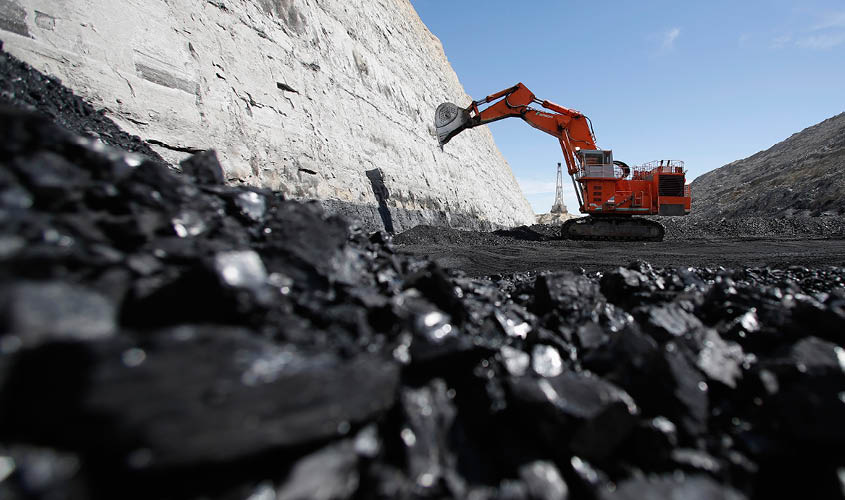In the past six years, the Centre has managed to complete the auction process of only 22 coal mines; of these, only 11 mines are producing coal.
NEW DELHI: Completing the auction process for a total of 206 captive coal mines is proving to be a difficult task for the Bharatiya Janata Party-led Central government, as in the past six years, the Centre has so far managed to complete the auction process for only 22 coal mines; of these, only 11 mines are producing coal, data of the Ministry of Coal has revealed.
Captive coal mines are those which are dedicated exclusively to certain industries to meet their own requirements.
All these coal blocks are captive and lying un-auctioned since 1993. The United Progressive Alliance (UPA) government had taken the initiative to complete the task, but following a Comptroller and Auditor General’s (CAG) revelation during the UPA regime of massive revenue loss to the exchequer, the Supreme Court had cancelled all contracts and since then, all the 206 mines are up for auction.
As per the Ministry of Coal’s data, till October this year, the government has completed the auction process for 31 coal mines. Of these 31 coal mines, the allocation of nine mines has been cancelled due to various reasons and of the remaining 22 mines, 13 have got opening permission and 11 are producing coal. Data also suggests that the 11 mines have produced 32.34 million tonnes of coal from 2015-16 till 31 October 2019. These coal-producing mines are located in Chhattisgarh, Madhya Pradesh, West Bengal, Maharashtra, and Jharkhand.
However, Coal Minister Pralhad Joshi, while recently presenting a fact sheet in the Upper House of Parliament, had said that the government had earned Rs 4,972.738 crore in revenue from auctioned coal blocks since financial year 2014-15.
Apart from legal hurdles, rising green activism has also led to disinclination in investment in the coal sector. Recently, the Centre had cleared 100% Foreign Direct Investment (FDI) for the coal sector; despite this progressive step, the coal sector has not witnessed the expected investments coming in. The country’s ambitious renewable energy goals have received a lot of international attention, but coal still provides half of the country’s commercial primary energy and is the dominant fuel for power generation. Despite its dominant position in the Indian energy market, the coal industry still faces structural and financial challenges.
According to data of the Ministry of Coal, India has imported 235 MT of coal in the last one year (2018-19), though the country claims to have the largest coal reserves in the world.
N.P. Singh of the Central Institute of Mining and Fuel Research (CIMFR) told The Sunday Guardian: “We are yet to exploit our mines; due to lack of capital and technology investments, the country is not being able to exploit its natural resources properly and opening up of the route for the entry of foreign investors is the only way to get the benefits of having these resources. Also, the government should take active steps to ensure the satisfaction of all the stakeholders before completing the allocation process so that investors don’t face disruptive agitation by so many groups. Today, the situation is such that investors are facing difficulty in producing coal as most of these coal mines, whether located in Meghalaya or Chhattisgarh, are witnessing massive protests by green activists.”
Gautam Singh, a former scientist of Coal India Limited (CIL), told The Sunday Guardian: “It is good to allow a private-public partnership in the mining sector. Allowing 100% FDI in coal mining will lead to the entry of private firms. The step will not only help the country in proper exploitation of its coal reserve, it will also ensure greater revenue earnings for the government.”
“The country’s demand

